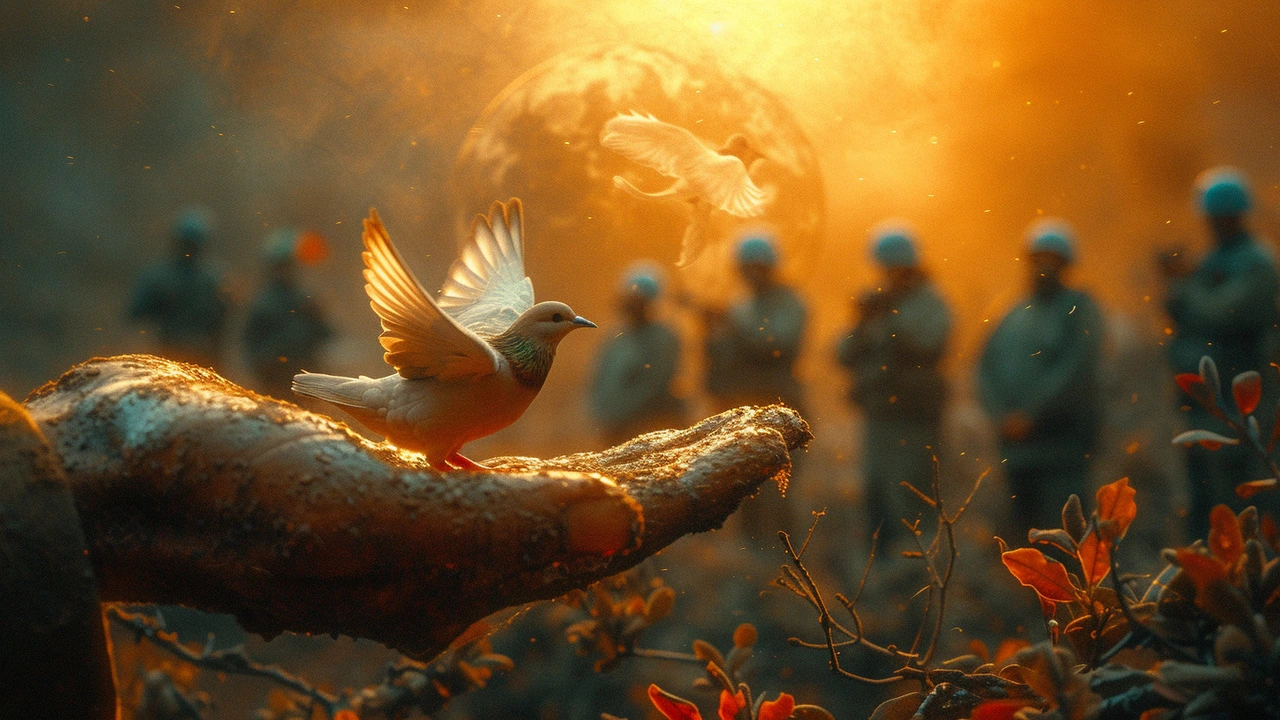Peace missions promise safety and stability, but the road there is messy. If you wonder why some missions stall or fail, the causes are usually clear: weak mandates, lack of resources, political pushback, and local distrust. This page breaks those problems down and gives practical steps teams use to get better results.
Security on the ground is the first headache. Peacekeepers often work in areas with armed groups, criminal networks, and shifting front lines. That makes movement, supply runs, and civilian protection risky. A limited mandate from the UN or sponsoring body can tie hands — troops in blue helmets may be told to observe, not intervene, even when civilians are in danger.
Resources are another big issue. Missions need vehicles, medevac, secure communications, fuel, and spare parts. When funding is irregular, equipment ages and response times slow. Trained personnel are scarce too: local language skills, cultural awareness, and trauma training make a huge difference, but they’re often in short supply.
Politics at national and international levels can sink a mission fast. Host governments may resist outside presence, donors may shift priorities, and rival states can block strong mandates at the Security Council. That tug-of-war leaves missions underpowered and unclear on goals.
Trust with local communities is fragile. Peacekeepers who fail to engage local leaders, women’s groups, and youth miss opportunities to prevent violence early. Misconduct by a few peacekeepers destroys credibility for the whole mission, so discipline and accountability matter more than ever.
Coordination is a daily challenge. Humanitarian agencies, military units, police, and development teams must share information and agree on priorities. When each group works in isolation, duplication wastes time and leaves gaps where spoilers operate.
Technology and intelligence gaps make decision-making slow. Missions that lack real-time information struggle to protect civilians or adapt to sudden changes. Yet introducing drones, secure networks, and data systems requires money and trained operators.
So how do teams get better? First, clear and flexible mandates matter. If a mission can protect civilians and adapt to changing threats, it stands a better chance. Second, predictable funding and logistics keep operations running. Donors who commit multi-year funding reduce gaps and speed repairs.
Third, invest in people. Language training, trauma care, cultural briefings, and stronger vetting improve interaction with communities and cut misconduct. Fourth, build local partnerships — work with municipal leaders, women’s groups, and local NGOs to spot tensions early and co-design solutions.
Finally, improve coordination and intelligence. A shared information platform, joint patrols, and regular civilian-military planning meetings close gaps fast. Small fixes — like reliable radios, mapped supply routes, and clear command lines — reduce risk immediately.
Peace missions won’t be perfect, but focused changes on mandate, funding, people, local ties, and information produce real improvement. Want a deeper look at any of these steps or examples from recent missions? I can point you to specific cases and practical tools used in the field.

Hello, everyone! Today, I'm eager to dive into a topic that's close to my heart – the evolving nature of peacekeeping. Peacekeeping missions have transformed significantly over the years, adapting to the complexities of modern conflicts. Gone are the days of mere observation; nowadays, peacekeepers are often tasked with enforcing mandates and protecting civilians in hotspots around the globe. What's more, they now have to navigate the murky waters of politics and cultural sensitivities to maintain peace and stability. Join me as I explore the changes, challenges, and the future direction of international peacekeeping efforts.
